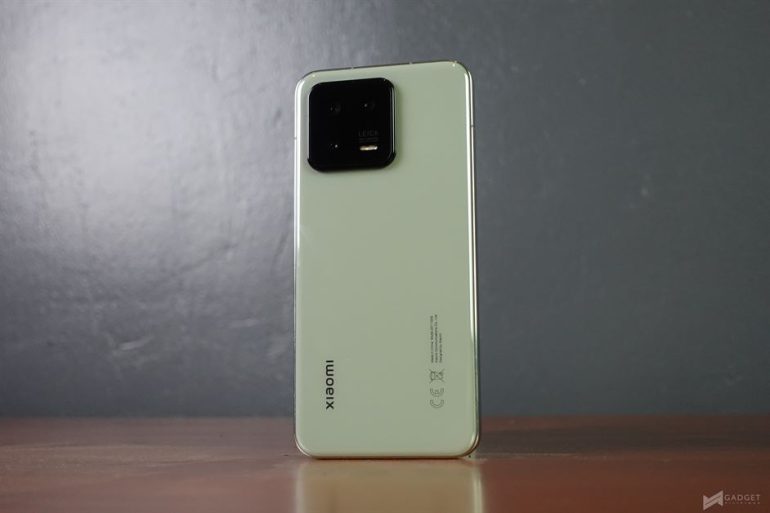Place here Description for your reviewbox
- Good overall design, easy to use with one hand
- Good day-to-day performance
- Good battery life
- Quick to recharge
- Highly adaptive and capable camera system
- Underwhelming thermal performance for gaming
- Several camera options are limited
Design
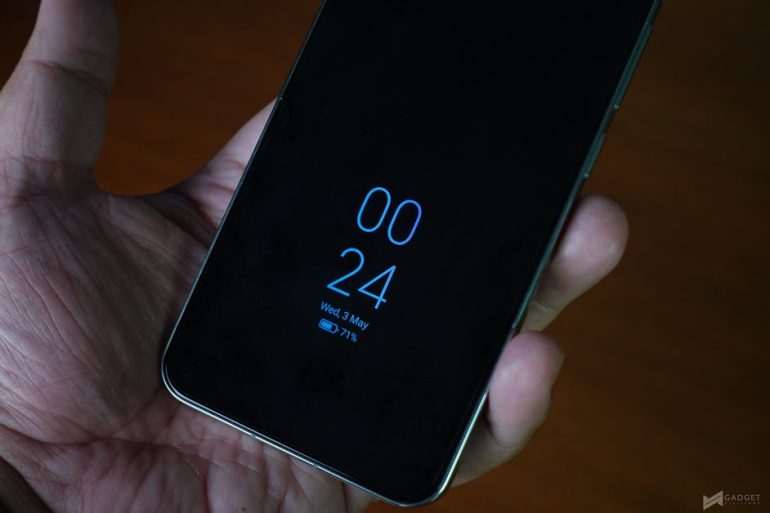
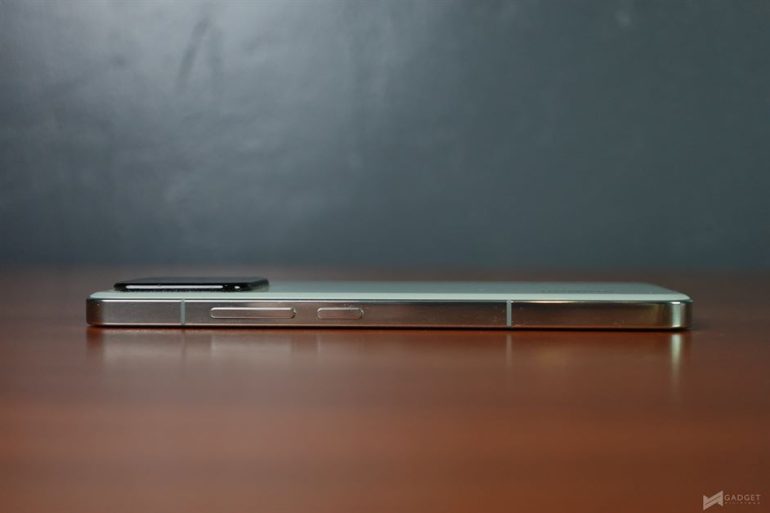
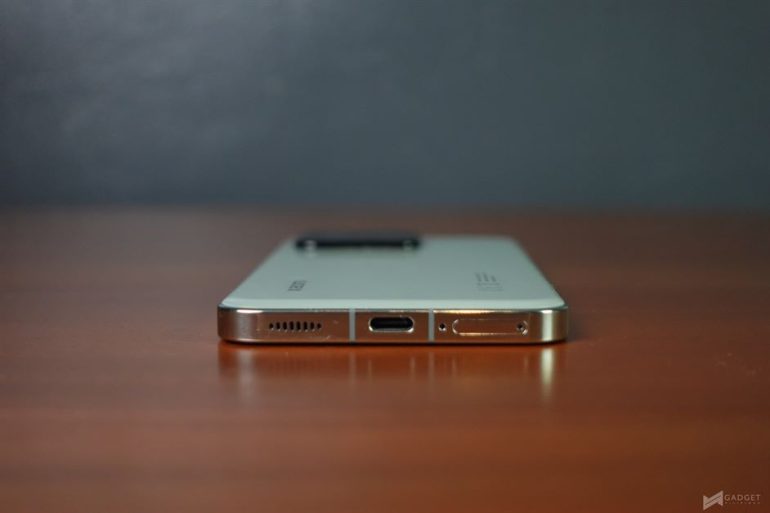
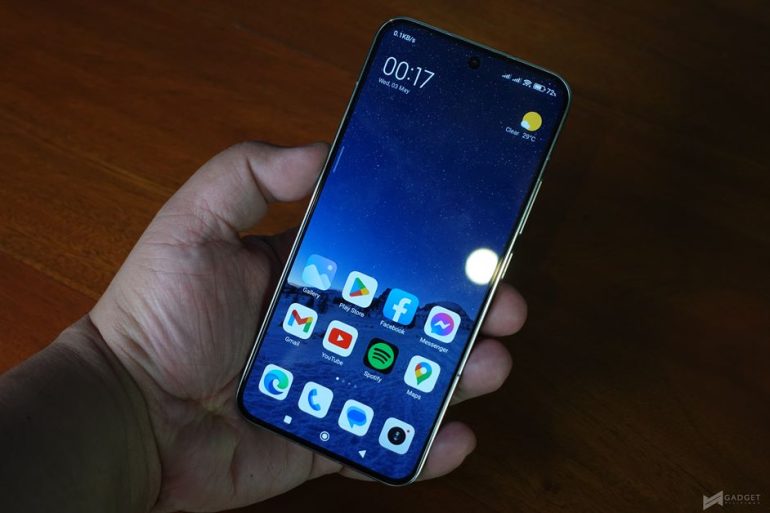
In terms of design, the Xiaomi 13 is what I would call my dream phone. Flat sides, slightly curved edges, the compact form factor, and of course, the flat display, which I would take any day against a curved display. It’s just so good to be able to hold a phone and use it comfortably with one hand. I know. These days, it’s more or less who has the bigger screen, but I still believe that it’s possible to achieve a balance between having a screen that’s good to watch content and play games on, while not compromising how compact the phone is. I’ve only ran into very few of these, and the Xiaomi 13 is definitely one of them.
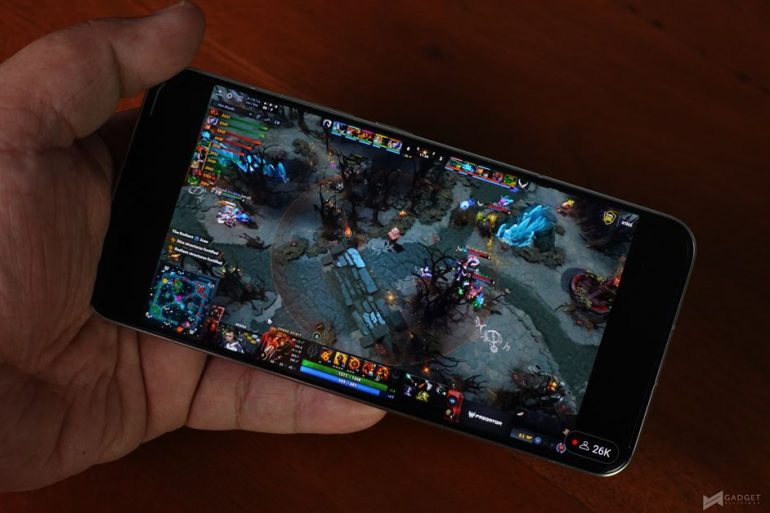
Speaking of which, the Xiaomi 13’s 6.36-inch AMOLED display is more or less what you’d expect for a 2023 flagship – 120Hz, 240Hz touch sampling rate, Dolby Vision and HDR10+support. That basically means it’s a good screen for media consumption and gaming. It’s also protected by Gorilla Glass 5. Like the Pro variant, Xiaomi 13 also has an IP68 rating, which I think should be a standard in any flagship.
Performance
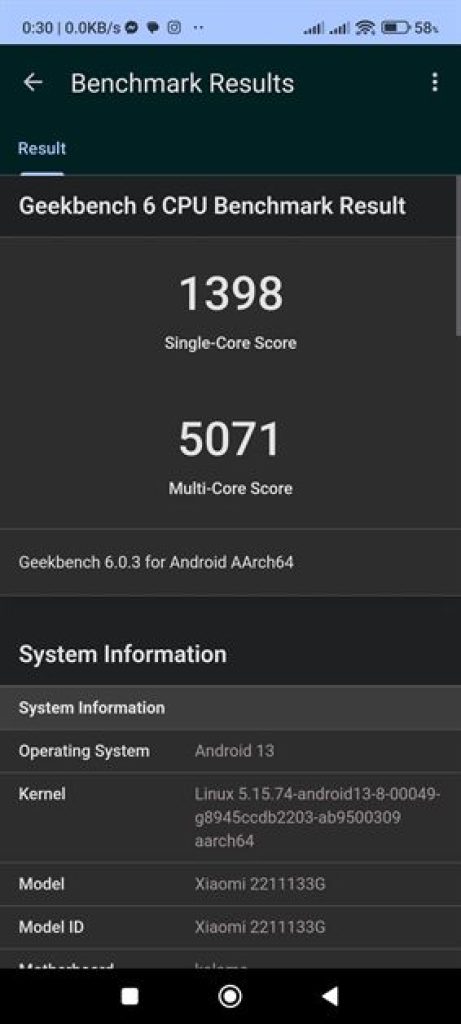
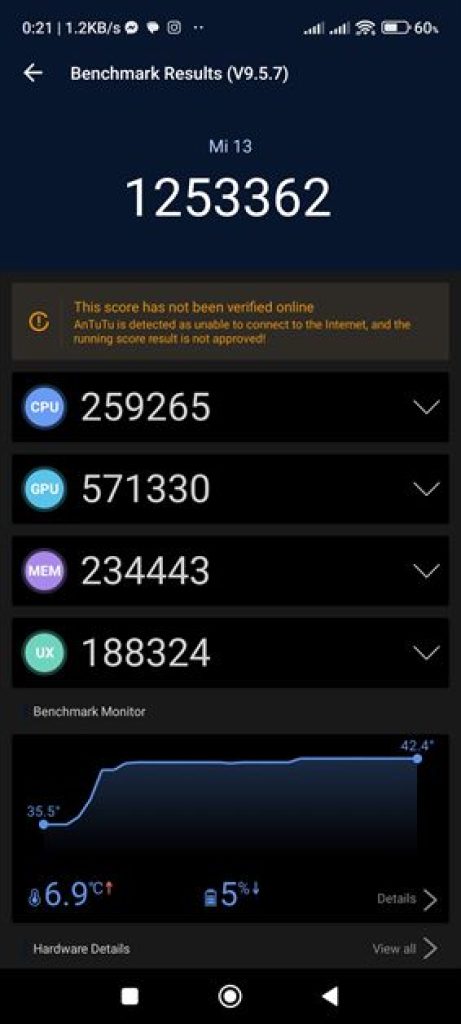
With a Snapdragon 8 Gen 2 at the helm, the Xiaomi 13 gets through typical day to day use with no issues. It has 12GB of fast LPDDR5X RAM, which isn’t the most you’ll see in flagships but is still more than enough for heavy multi-tasking, as well as 256GB of UFS 4.0 storage. There’s no option for expandable storage, which is unfortunate, but is becoming a trend with recent flagships.
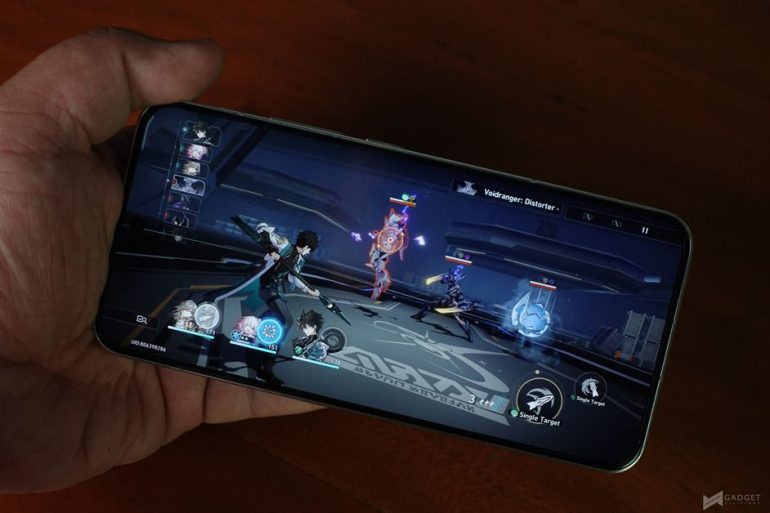
Gaming on this phone is a treat, with games like Genshin Impact, Honkai Star Rail, Diablo Immortal, Asphalt 9, and Call of Duty Mobile all running at or very close to their highest settings.
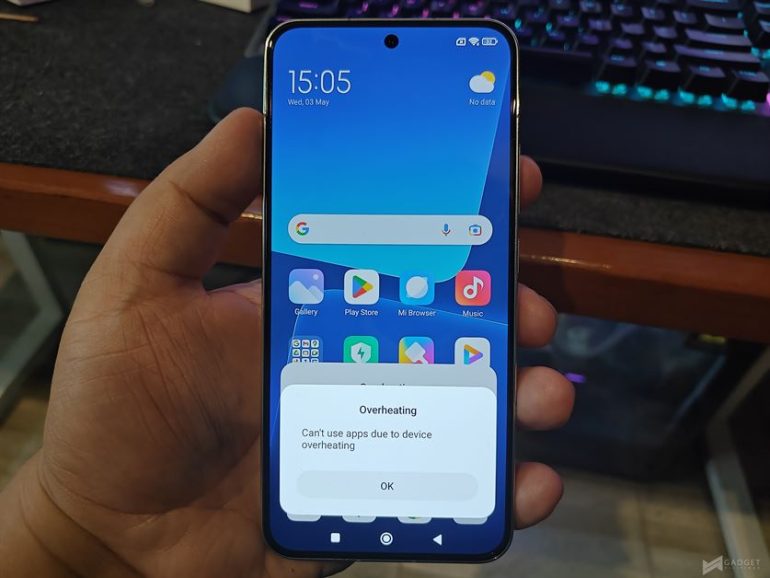
Here’s the confusing part. While Snapdragon 8 Gen 2 is supposed to deliver improved thermal performance compared to the Snapdragon 8 Gen 1, the Xiaomi 13 couldn’t even finish 3DMark’s Wild Life Stress Test, as it displayed a warning that the device was overheating. Considering that this phone is equipped with liquid cooling, that’s not a very good sign. If I am to take a guess, it’s that the compact form factor is limiting the phone’s cooling capabilities.
Camera
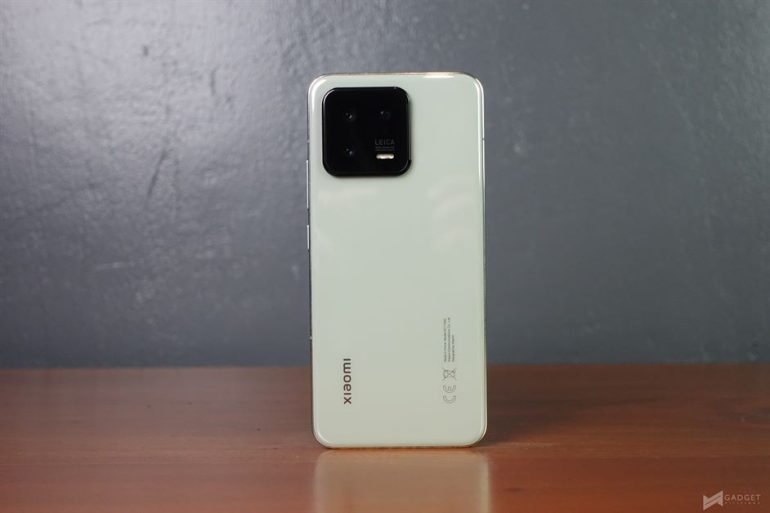
Thanks to its partnership with Leica, Xiaomi is able to equip its flagship with a very capable camera system which consists of a 50MP main camera, along with a 10MP telephoto unit, and a 12MP ultra-wide lens. It’s personally what I would have if I were to choose what the ideal camera setup is for a smartphone. You get up to 3.2x optical zoom, which is a very good range, and up to 30x digital zoom.



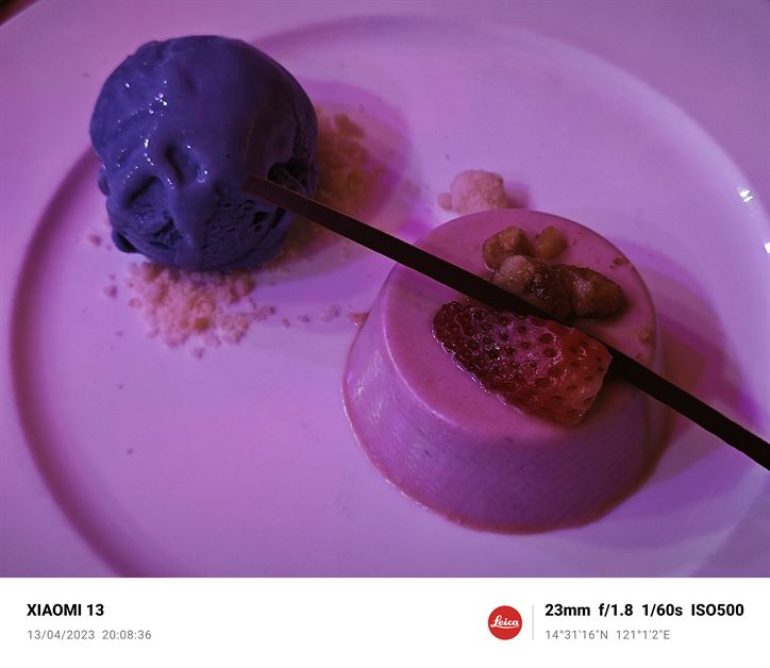
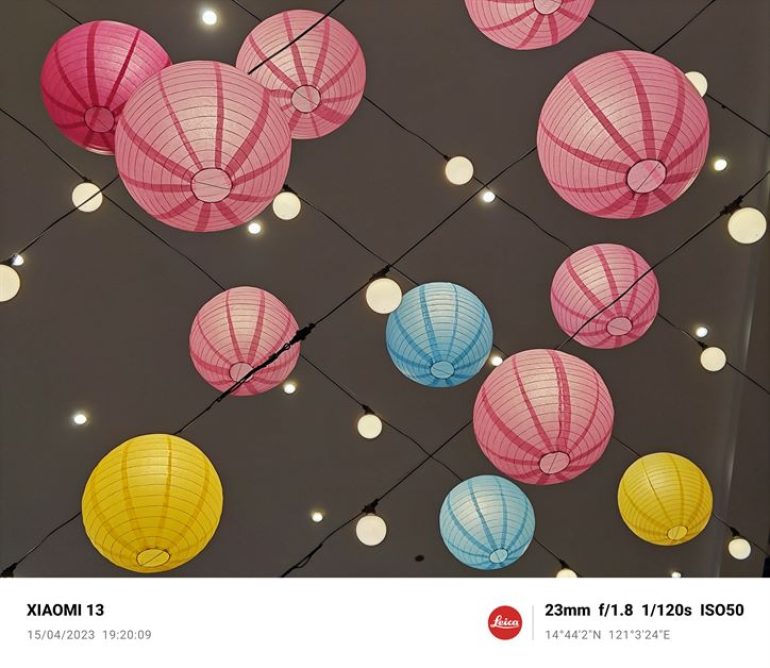

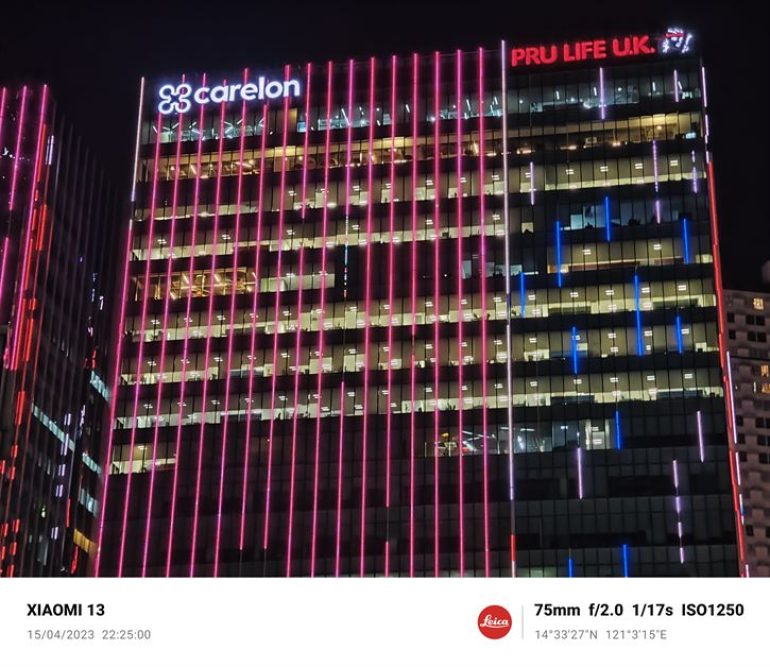

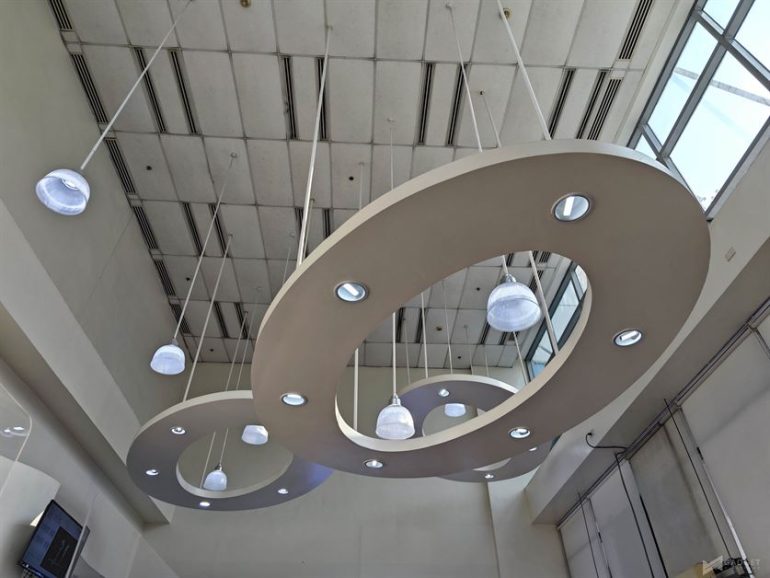


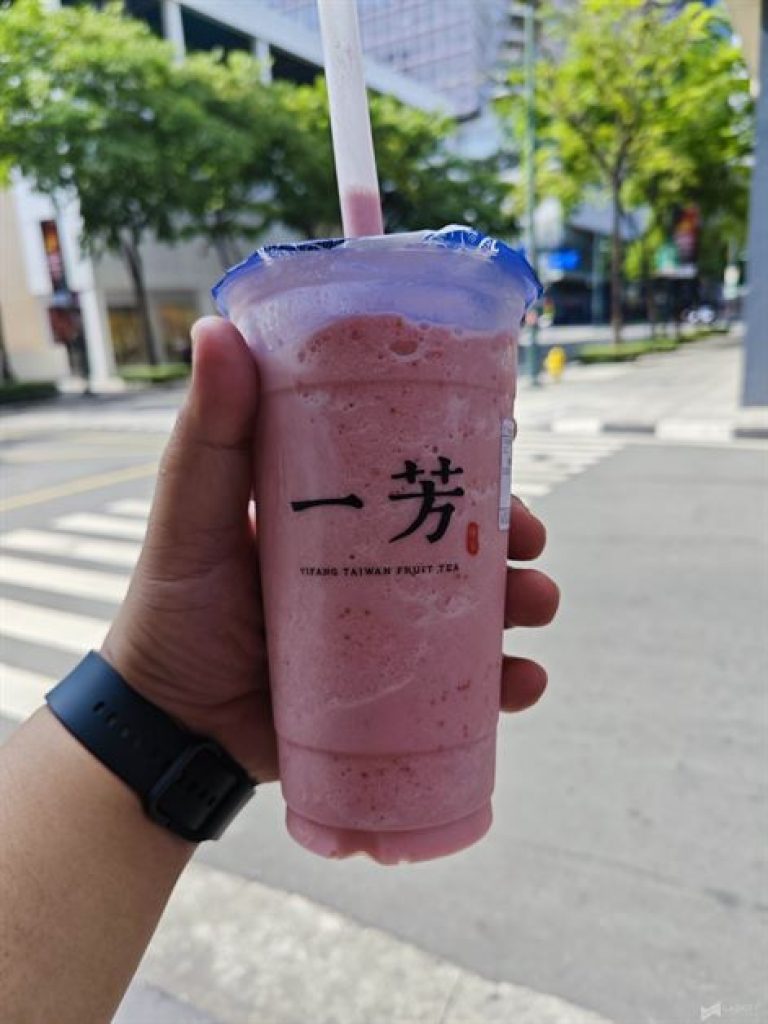


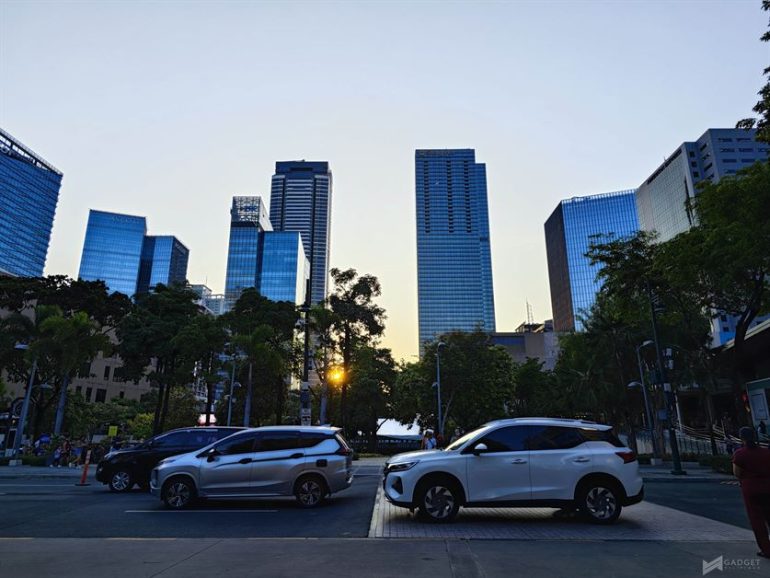

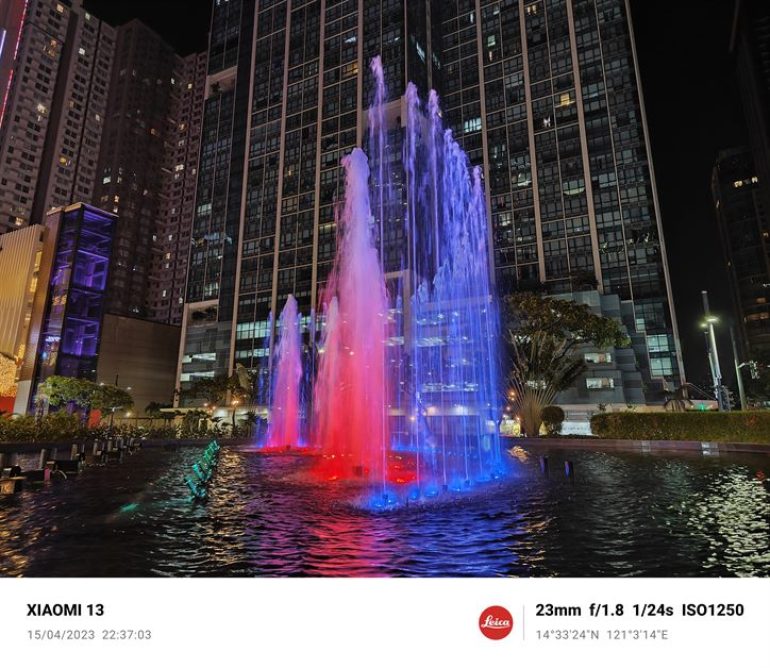
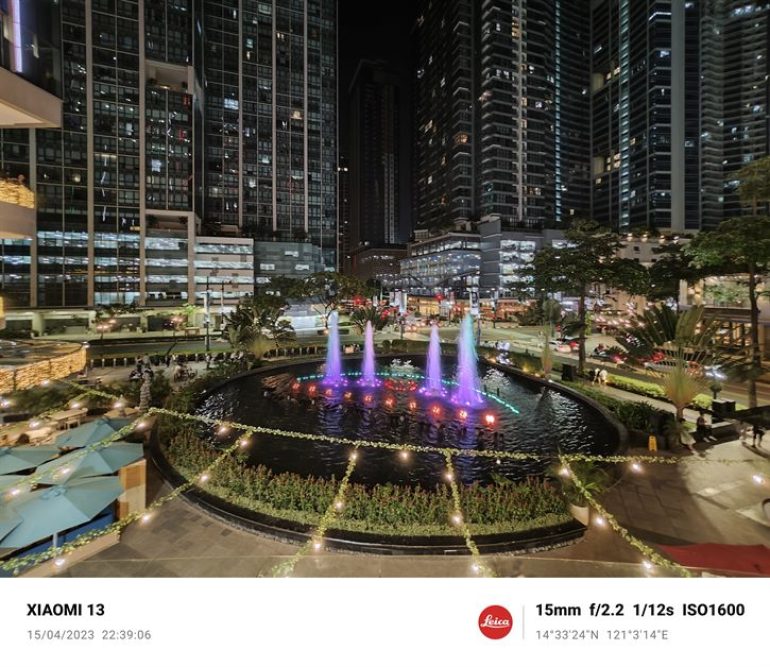
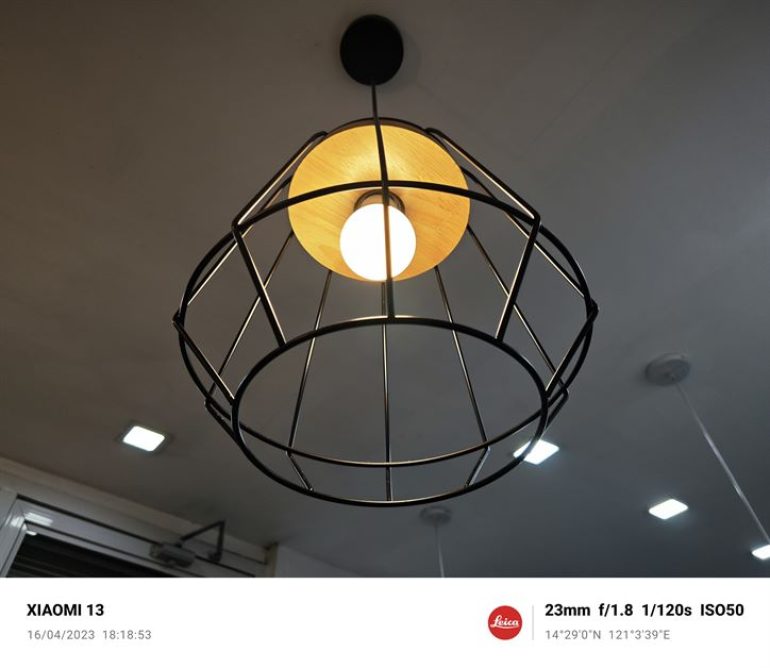
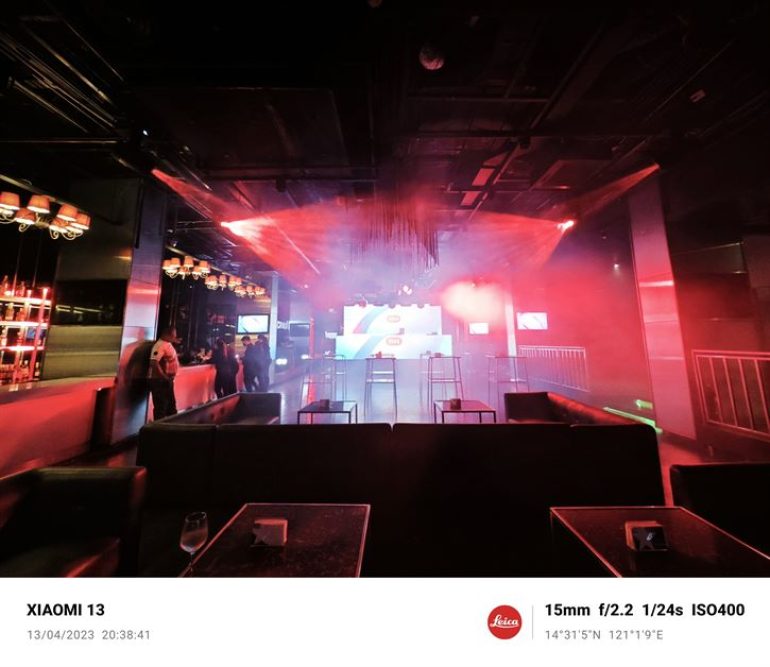

The camera UI allows you to choose between two photography styles, Leica Vibrant, which allows colors to pop up for that fancy and lively look, and Leica Authentic which delivers colors that are closer to what the eyes see. The system works for say, 90% of the time. There are cases where it’s hard to find the difference.
As for the overall quality, most of our sample shots show excellent levels of detail and sharpness. Contrast is also mostly good, and the depth of field effect looks convincing. Low light shots also look great, though it’s odd that in Night Mode, you can only cycle between the three lenses, but not anywhere in-between, which severely limits things when framing your subjects properly.
Xiaomi 13 can shoot up to 8K 24fps, and 4K 60fps. However, if you want to enable Steady Video/Pro, you’ll be capped at 1080p 30fps, which is a letdown. Video for the front camera is also limited to 1080p 30fps. 4K videos look decent in terms of quality and stabilization, though there is a bit of jitter when you’re walking. dialing down to 1080p significantly reduces these jitters.
Software
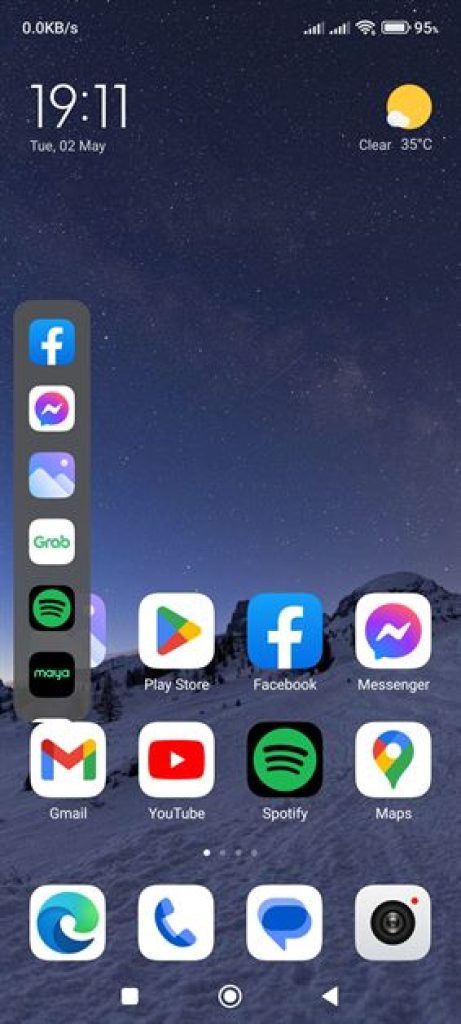
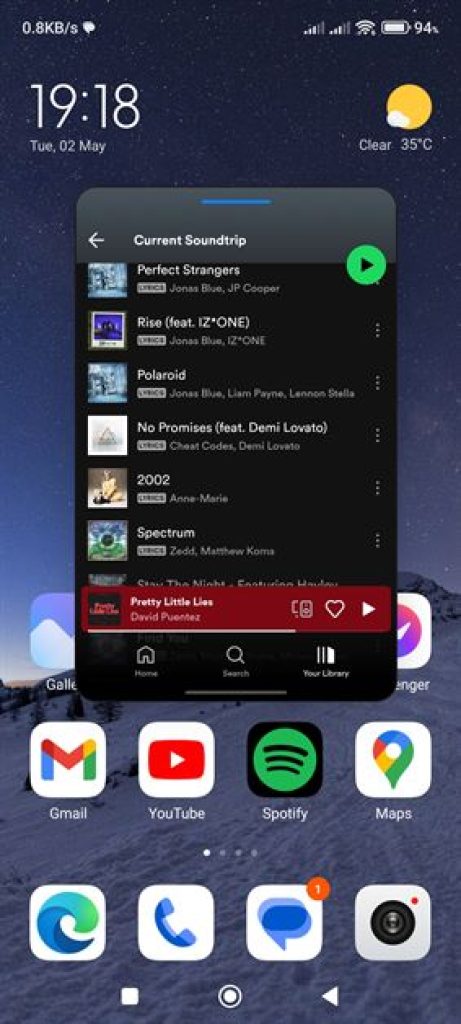
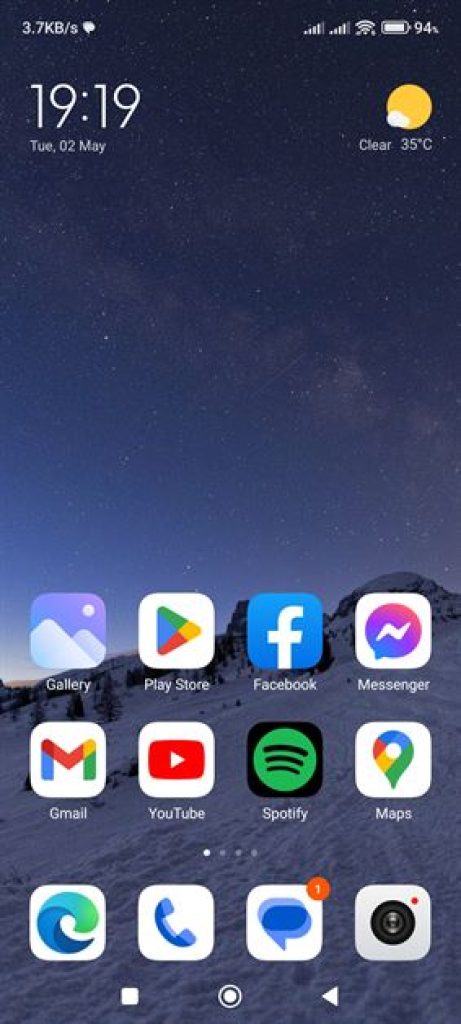
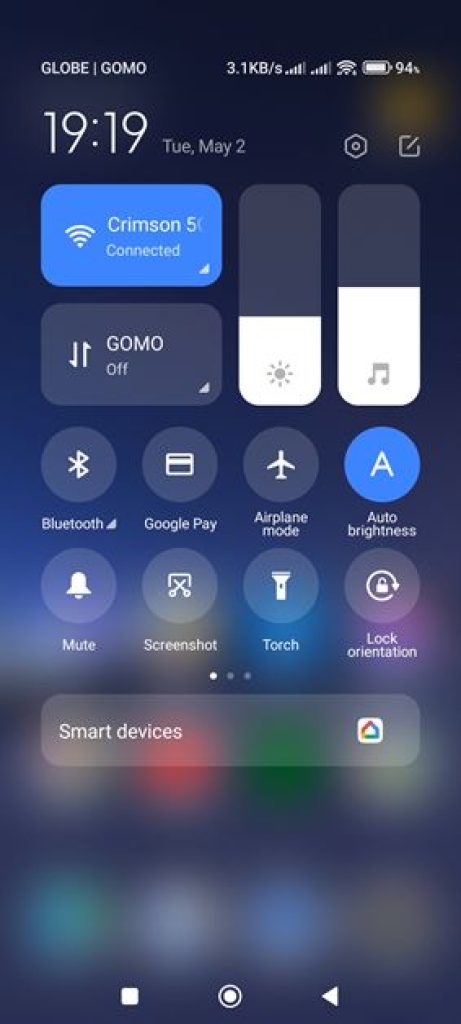
Xiaomi 13 runs MIUI 14 on top of Android 13. So far, the UI runs smooth and snappy for most of the time. It also covers most of what I would consider essentials for any Android Skin, which includes edge lighting and an always-on display, and fortunately only has a couple of pre-loaded apps.
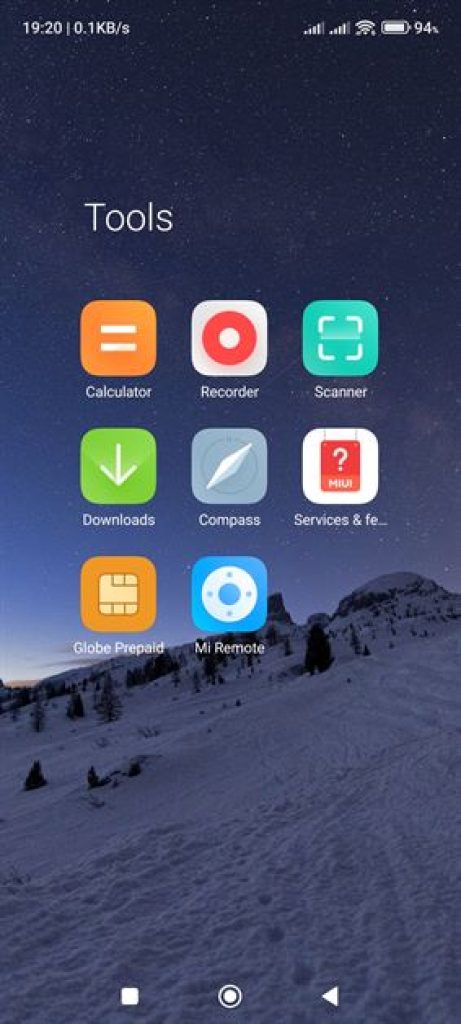
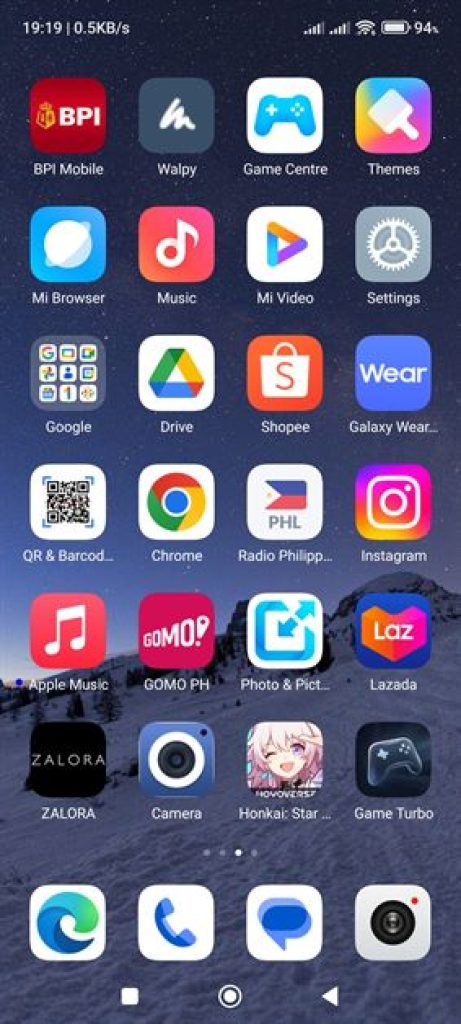
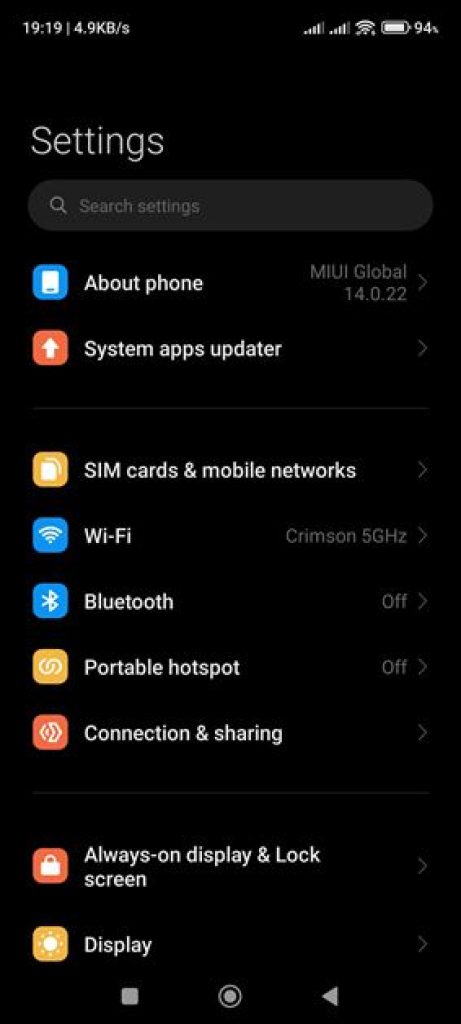
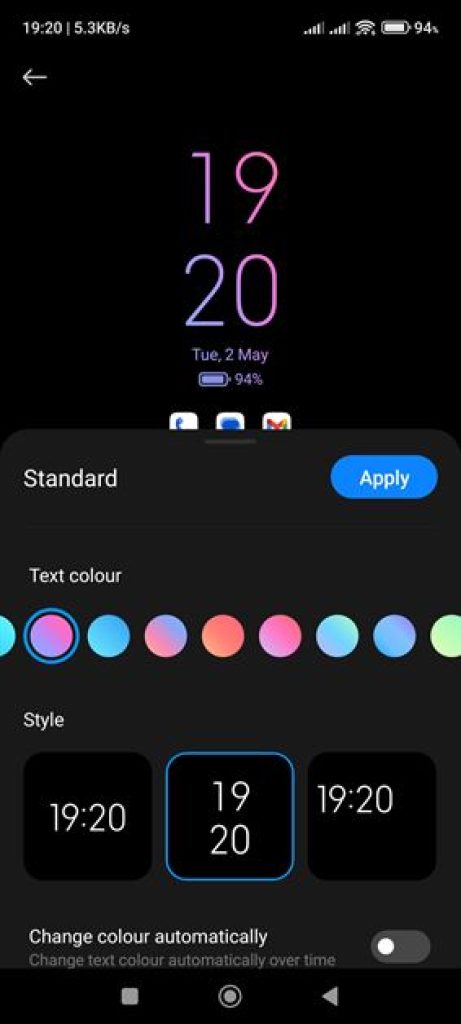
Other notable features include a sidebar that lets you open apps in a floating window, and another on that works in-game, and offers several options for boosting performance, recording, and more.
Battery
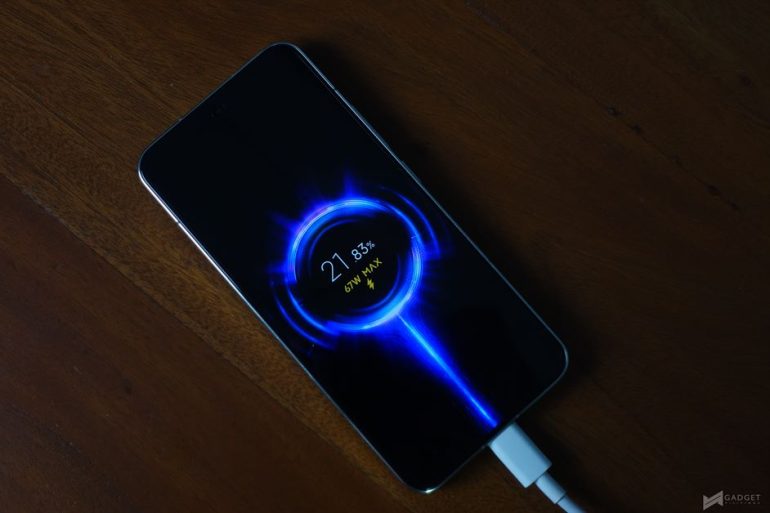
With the few weeks that I had with the phone, I was mostly using it with Mobile Data On and with my usual usage scenarios – lots of social media updates, taking photos, Spotify, YouTube, and a bit of email as well. I usually end the day with around 20% remaining. My estimate is around 10 to 12 hours of total uptime.
Using the 67W charging brick that came with the box, zero to full charge took around 10 minutes shy of an hour. It’s not the fastest for a flagship, but it’s still pretty fast.
Verdict
If you’re looking for a compact but proper flagship with a flat display, the Xiaomi 13 is more than up to the task. As a daily driver, overall performance has been great, the cameras are more than capable of capturing good quality photos and videos, and the battery life is more than decent, not to mention that it charges up pretty fast.
That being said, it has a few limitations on its night mode and video side, and its thermal performance for gaming is a bit questionable. I probably would not recommend it for long gaming sessions.
The Xiaomi 13 is priced at PHP 44,999 and is available from Xiaomi Authorized Stores and retail partners nationwide, and at Xiaomi’s official stores on Shopee, Lazada, and TikTok.
Emman has been writing technical and feature articles since 2010. Prior to this, he became one of the instructors at Asia Pacific College in 2008, and eventually landed a job as Business Analyst and Technical Writer at Integrated Open Source Solutions for almost 3 years.

